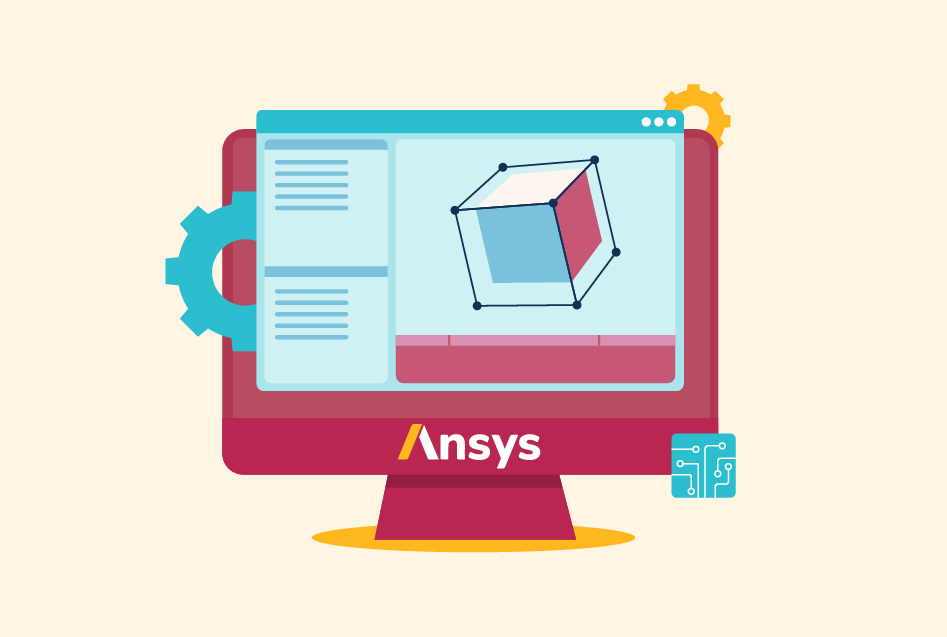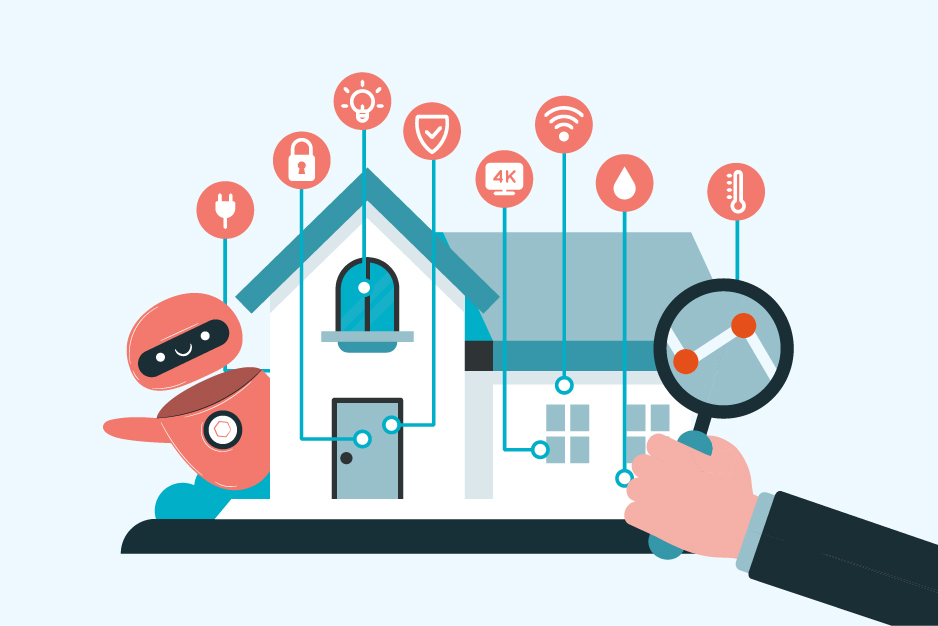What is an Embedded System? – Components, Types, Applications, & More
Did you know that embedded systems were introduced decades back in the 1960s by Dr Charles Stark Draper when microprocessors came into existence?
An embedded system is a computer hardware and software combination created for a particular purpose. They are utilized in a variety of technologies and business sectors. They are managed by microcontrollers to carry out specific tasks like reading sensor data or controlling a motor. As technology advanced by leaps and bounds, they have evolved and expanded to a lot of different fields.
This article will give you a thorough detail on what embedded system is, starting from microcontrollers to their complex applications.
Embedded System Definition
Embedded system’s meaning can be stated as a microprocessor-based system designed to perform specific tasks. These systems are versatile with the ability to control multiple tasks. Embedded systems work independently. They are like miniature computers that have real-time constraints and can control or monitor actuators and sensors. This is much like your car which can automatically adjust its speed based on real-time traffic conditions.
Embedded systems are designed to work and adjust in any complex environment even with limited resources like low power, limited memory, or low processing capacity. You can check out this embedded systems course to learn more about embedded systems.
Components of Embedded Systems
Having understood the embedded systems definition, let’s move on to its primary components of Embedded systems. It’s usually consist of 3 main components:
1. Hardware
Microprocessors and microcontrollers are the main hardware components in an embedded system. They are used to perform any given task based on the project’s demand. The user interface, input/output interfaces, display, and memory are other hardware elements of the embedded system.
2. Software
In embedded systems, software applications or software systems play a crucial role. They are designed to perform specific tasks like controlling, communicating, and monitoring devices with their memory strains. Despite being an important part of embedded systems, software applications have their limitation such as limited memory and a short time frame to respond to input and the given output.
3. Real-Time Operating System
A real-time operating system (RTOS) is put to use where an enormous number of events, mostly external to the computer, need to be approved and processed by a specific deadline. It includes telephone switching, flight control, and industrial control. The processing time is calculated in a tenth of a second here.
Also Read: Embedded System Projects Ideas
Classification of an Embedded System
Embedded systems can be classified into multiple systems including their connectivity and complexity but the four most common embedded systems are as follows:
1. Stand-Alone Embedded Systems
This system operates independently and shows data on the attached device without needing a host system like a computer. Both digital and analog inputs are accepted by them, and the output is produced to operate.
2. Real-Time Embedded Systems
They include a real-time operating system that monitors, reacts, and manages an outside environment represented by a dedicated type of operating system, RTOS.
3. Mobile Embedded System
Not all standalone embedded systems are mobile embedded systems, but all mobile embedded systems are standalone embedded systems.
4. Networking Embedded System
These systems use a network to communicate with embedded web servers. To generate output, they connect to web servers via wired or wireless networks.
Also, check out embedded systems architecture.
Embedded System Basic Characteristics
These systems come with unique characteristics like time-saving and ease-of-doing which differentiate them from other computer systems.
Let’s go through some basic characteristics of embedded systems.
1. Reliability
They are used in complex applications where reliability is important. They can operate even in a challenging environment and are dependable.
2. Real-Time Operation
They are built to perform strictly in the given time range, making them ideal for real-time application performance.
3. Cost-Effective
They are used in applications where cost is an important consideration as they are designed to be cost-effective. Their components are mass-produced in large quantities for industrial automation, consumer electronics, and automotive applications.
4. Small in Size
Sometimes these systems need to be very small to be able to control projects with limited power sources. Embedded systems are very adaptive in this regard using their limited components to minimize power consumption.
5. Low Cost
Since feature expansion slots are unavailable for the hardware, embedded systems are usually cheaper than full-featured computer systems.
Applications of Embedded Systems
In this advanced era, embedded systems’ basic applications have increased tremendously. They provide very useful devices and applications that are very time-saving and efficient.
Let’s go through some basic applications of embedded systems:
1. Healthcare Industry
There are numerous uses for embedded systems in the medical field. They are utilized in virtually every type of imaging system, including PET scans, CT scans, and MRIs, as well as for monitoring vital signs, amplification in electronic stethoscopes, and other purposes.
2. Automation Industry
Industrial embedded systems are frequently employed to monitor particular processes inside a larger mechanical or electrical system, such as production, testing, packing, or safety management.
3. Automotive
This industry uses embedded systems for various tasks including infotainment systems, anti-lock braking systems, engine systems, and airbag control.
4. Aerospace
Embedded systems assure the safety and reliability of aerospace systems. They are used in aerospace applications such as navigation systems, satellite communication, and flight control systems.
5. Defense
Embedded systems provide decision-making capabilities and real-time control in devices of defense, for instance, unmanned aircraft, radar systems, and missile guidance systems. They are also capable of working in demanding and harsh environments, making them dependable.
Examples of Embedded Systems
There are various examples of embedded systems. Here are some common examples:
1. Gaming Consoles
Embedded systems are commonly used for gaming consoles like play stations or Xbox that provide unique experiences.
2. Wearable Devices
Wearable devices like smart watches or smartphones use embedded systems for heart rate monitoring, accelerometers, and GPS systems.
3. Digital Camera
The embedded systems in digital cameras are integrated in multiple ways such as in terms of security or monitoring and recording activity in public areas.
4. ATM Machine
ATMs have an embedded device that creates a network between a bank computer and the ATM using a busy computer. Additionally, it features a microcontroller for input and output functions.
5. Laser Printer
Laser printers have embedded devices that make use of systems to control various printing-related functions. Along with the primary function of printing, it also handles user inputs, errors, etc.
Advantages and Disadvantages of Embedded Systems
Embedded systems have their own pros and cons as with any technology.
Advantages
- It is very simple and delivers high creation.
- It has very less utilization and more precise outcomes.
- It doesn’t stockpile much information.
- It is fast and steady.
- It doesn’t have a lot of interconnections.
Disadvantages
- It makes backing up implanted documents really hard.
- It has fewer assets for memory.
- It is hard to interchange information between frameworks.
- It makes investigating much harder.
- It is made for specific purposes so it has less flexibility.
Conclusion
We began this blog with the embedded system definition, mentioning that it is a combination of processors, memory, and I/O devices having a specific function within a large electronic system. We have also taken a look at embedded system examples, characteristics, advantages, and disadvantages. Understanding what is an embedded system and how it works is very important for developers and engineers. So, make sure you are thoroughly familiar with these systems.
FAQs
A printed circuit board programmed with an embedded system commends the hardware to process the input. The communication interface and the data are used to process and calculate the results. Finally, the output is produced for the users.
Yes, a TV or television is an embedded system.
Embedded systems are used in various spaces, such as industrial, automotive, telecommunications, commercial, aerospace, home appliances, and military applications.
The embedded systems use Linux, Yocto, Android, NucleusRTOS, TreadX, QNX, Windows CE, etc.
Some of the compilers used in embedded systems are the GNU C compiler(GCC), Keil compiler, BiPOM ELECTRONIC, and Green Hill Software.
There are four types of embedded systems: Stand-alone, Real-time, Mobile, and Networking Embedded system.






